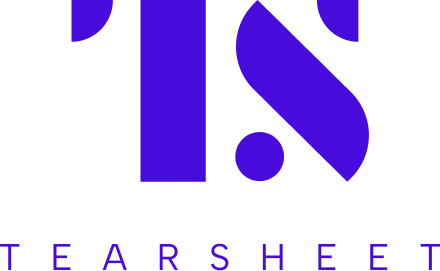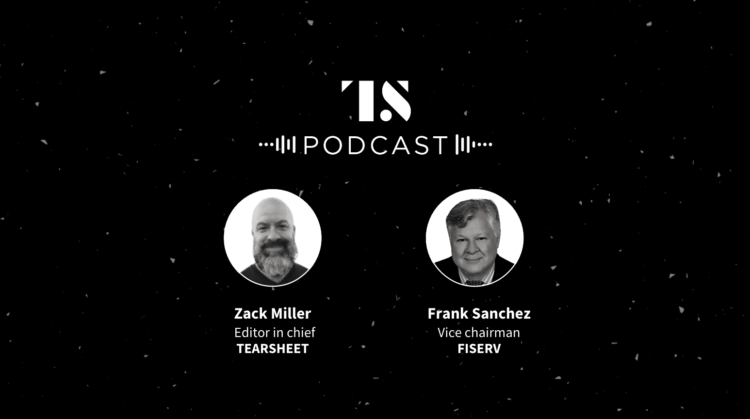Data, Partner, Podcasts
‘As far as next gen cores are concerned, fintechs lead the way’: Fiserv’s Frank Sanchez
- Fiserv’s vice chairman and Finxact’s co-founder, Frank Sanchez, joins us on the Tearsheet Podcast.
- Listen or watch our talk about the promise and challenge of next gen cores, how they’re leveraged by fintechs to push open finance forward, and what innovations we can anticipate in the near future.




